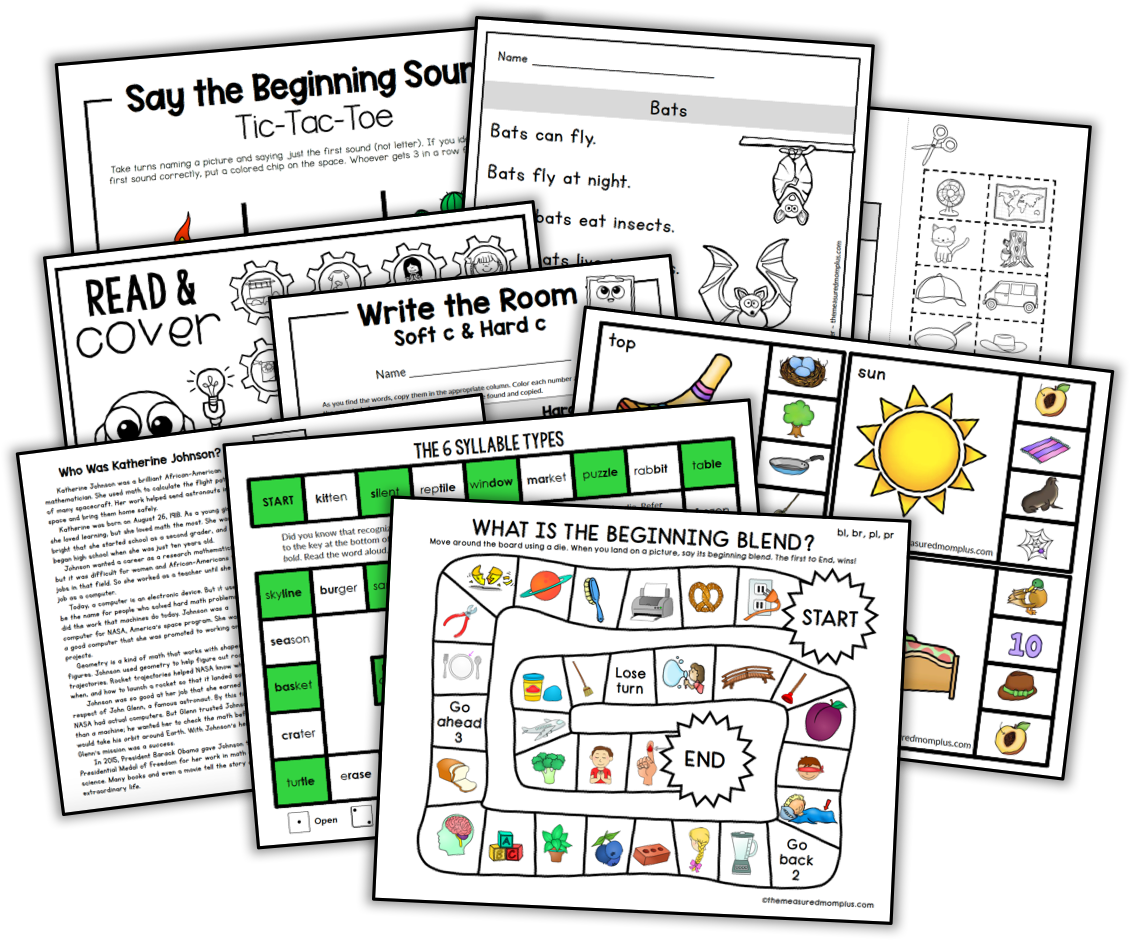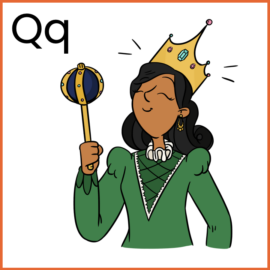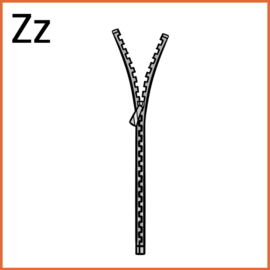
In my first year of teaching, I taught a combined class of third, fourth, and fifth graders. In an attempt to teach critical thinking, I gave my fifth graders articles and books that were up front about Christopher Columbus and some of his not so heroic behavior.
Just recently I had the opportunity to visit with one of my former students, and at 28 he still doesn’t like Columbus!
Columbus plays a big role in American history. For many years, he’s been celebrated as a hero – hence the American holiday, Columbus Day. But in recent years, we’ve learned that there’s more to Columbus than traditional history books have told us.
I want to be honest and tell you that I haven’t dug into the primary sources to find out if everything I’ve read online is true. However, I’ve done enough studying to know that Columbus was far from the pure, brave hero that many books portray.
I’m not going to examine Columbus’ life in this post and paint him as either a hero or a villain. But I do want to share a collection of Christopher Columbus children’s books that you may want to read to your learners.
I think we need to be honest with our students about both Columbus’ achievements and his atrocious acts – always keeping in mind the age and maturity level of our listeners.
Columbus Day, by Christina Mia Gardeski
This is a simple book, perfect for new readers and for reading aloud to kids in preschool and kindergarten. While the book doesn’t talk about Columbus’ bad behavior, it does state that he did not discover America, and that the people he named Indians were really Native Americans.
Christopher Columbus, by Marion Dane Bauer
This is an extremely simple book which tells the basic story of Columbus in a child-friendly way. It does not share any hint of misbehavior on Columbus’ part.

Where Do You Think You’re Going, Christopher Columbus? by Jane Fritz
I wish more kids were familiar with Jean Fritz’s books. I think they may be turned off by all the words or the old pictures from the original versions. But Jean Fritz had a true gift for bringing historical biographies to life. The story is told in a sometimes humorous, but always engaging and honest, way. It’s a long book that goes into great detail, including the facts that Columbus brought natives back to Europe to be sold into slavery, and that he punished natives who didn’t supply the gold that he demanded. I recommend this as a read aloud to kids in third grade and up, or for intermediate students to read on their own or in literature circles. (Be prepared for giggles; true to life, the pictures show naked Native Americans.)
Christopher Columbus, by Stephen Krensky
This book is well written and nicely illustrated, but Krensky doesn’t make any attempt at all to address Columbus’ evil acts. If you read this book aloud, follow up with a discussion about some of his not so great achievements.
A Picture Book of Christopher Columbus, by David A. Adler
While I’ve always been a fan of David Adler’s biographies for kids, I was disappointed at how this book didn’t acknowledge any of Columbus’ mistreatment of the Taino. I really dislike the part where he talks about what Columbus brought back to Europe: “… and some Indians.” As if they were just extra luggage! I don’t recommend it.
Follow the Dream, by Peter Sis
This is a stunning picture book that begins with Columbus’ boyhood and ends with his landing on what he believed to be the Orient. It does not address any of his appalling actions toward the native people.
Did Christopher Columbus Really Discover America? by Emma Carlson Berne
This is the only book I’ve found that attempts to spend as many pages on the Taino people as it does on Columbus. It’s also an interesting, informative book. While it might be too long to read to your class in one sitting, you could break it up over a school day or week. I like how each page begins with a new question, such as: How long did it take to cross the ocean? and How did Columbus treat the native people?
Highly, highly recommended.
Christopher Columbus, by Lola M. Schaefer
This is a short book, and a good one for new readers. It has just a few sentences on each page, timelines, a glossary, and more. However, the book never mentions Columbus’ mistreatment of the Taino; indeed, it doesn’t mention them at all.
Columbus Day, by Vicki Liestman
This book was a happy surprise. It tells the story of Columbus in a simple, readable way for kids – but is also very upfront about the way he and his men treated the Taino, and calls into question the very idea that Columbus is a hero. The end of the book acknowledges the good things Columbus did, but also encourages us to treat October 12 as a day to tell the whole story – which includes the horrendous way the Native Americans were treated.
Christopher Columbus, by Peter and Connie Roop
This is a decent chapter book for advanced readers. The authors used Columbus’ own writings as their primary source when writing the book. I don’t think the writing is particularly compelling or interesting, but the book is both informative and upfront.
Who Was Christopher Columbus? by Bonnie Bader
I found this chapter book much more enjoyable than the Roops’ version. It’s written in a more conversational style, and it has extra information that would fascinate kids. The book does not paint a sunny picture of Columbus, but it does acknowledge his achievements.
The Story of Columbus, by Anita Ganeri
This is a simple book from the DK Readers series. It offers basic information and is honest about some of the bad behavior by Columbus and his men. The book is very straightforward and does not attempt to tell us how we should remember Columbus.
MEMBERS GET PRINTABLE BOOK LISTS!

Members of The Measured Mom Plus get one-click access to each of our printable book lists … not to mention practical video workshops, no-print resources, and hundreds of printables. Not a member yet? Learn more here.
















Tresha
Jane Yolen’s picture book, “Encounter”, is one I used to read to my students every year. It’s a fictional account of a young Taino boy who has a premonition that something bad is about to happen to his people, yet no one will listen to him. When Columbus and the Spaniards arrive they demonstrate greed and cruelty he tried to warn against. For older kids this book has so much to offer even in just analyzing the literary techniques of foreshadowing, metaphors, and symbolism. There’s also the timeless and accessible theme of a child who no one will listen to because he is young. (Many kids can relate to that.) For younger students, the book makes an impression – Columbus clearly wasn’t a hero. In the illustrations the Taino’s nudity is implied. The artist uses leaves and other objects in scenes to cover the Taino bodies while depicting them in their natural way.
Anna G
I’m not quite sure how this book didn’t make the list, Tresha! I remember reading it aloud one of my first years of teaching. Thanks for sharing it!
Jillian Armstrong
This list is so helpful! Thank you! Do you have somewhere that explains the reading levels? I’m not familiar with the letters.
Kate Dowling
Hi Jillian!
This is Kate, Anna’s assistant. 🙂
These are the Fountas & Pinnell reading levels. Here is the official site (no affiliation with The Measured Mom): https://www.fandpleveledbooks.com/default.aspx
Anna has a post in which she describes the early levels: https://www.themeasuredmom.com/leveled-books-you-can-find-at-your-library-with-a-printable-leveled-book-list/
If you do an online image search for “Fountas and Pinnell by grade level” you will find various charts that line them up. Children don’t learn to read at the same rate, so the grade levels are only averages. This is why having reading levels A-Z is more useful than grade levels. Wikipedia has a chart that lines up grades and reading levels in their Fountas and Pinnell entry: https://en.wikipedia.org/wiki/Fountas_and_Pinnell_reading_levels
Jade
I came to this post and read through it expecting to be appalled and explain to a teacher why they shouldn’t be teaching lies but I was pleasantly surprised by your attempt to find books that told the full story. I might suggest to you some literature written by indigenous people to teach the week of Columbus Day instead about the aftermath of the arrival of Columbus, there are many books that teach about residential schools and the loss of culture and language indigenous people suffered as a result of colonization in an age appropriate way. That is in my opinion a better way to paint the full picture without focusing so much on whether Columbus is or isn’t a hero. I appreciate the first steps you have taken to stop the celebration of this awful man.
Anna G
Thank you so much for your thoughtful comment, Jade! Wonderful points. If you have any books to recommend, I’d be interested!
D.W.
Were any books recommended?
Sarah :)
SO excited about this post, especially the fact that you include books that are NOT recommended (so we know not to get them instead of the good ones!). Now I’m off to see if you’re on insta too….
Anna G
I’m glad you could use this list, Sarah! I’ve chosen not to do Instagram yet … just because I have to best figure out how to use my time. I think I’ve posted once. 😛
Theresa
Thank you for this wonderful resource. I love all of the things you post and have made for teachers. I appreciate all your hard work.
Anna G
You’re welcome, Theresa!
brittany
Thank you so much for these! We are in our first year of homeschooling and I’ve always taught middle school. I never would have remembered to. teach her about Columbus Day and who he was. I love your recommendation of “Did C C Really Discover America”. I could not find it at our local libraries- so we just purchased it off Thriftbooks! Can’t wait!
Anna G
I hope you love it, Brittany!
Joy Mcilvaine
I teach preschool and after the kids learn to write their name, I’ll notice some will write their name backwards.? Do you have any thoughts on this? Thanks, Joy
Merrill
When my first born was in kindergarten he did reversals. The early childhood supervisor asked that I be patient. The words I recall quite often, “a cat is a cat whether he is sitting facing left or facing right”. Yes, time did solve the reversals.
Anna G
No, I don’t have experience with that, Joy. I would email some bloggers who are full time preschool teachers – Karen at Prekinders or Vanessa at PreK Pages.